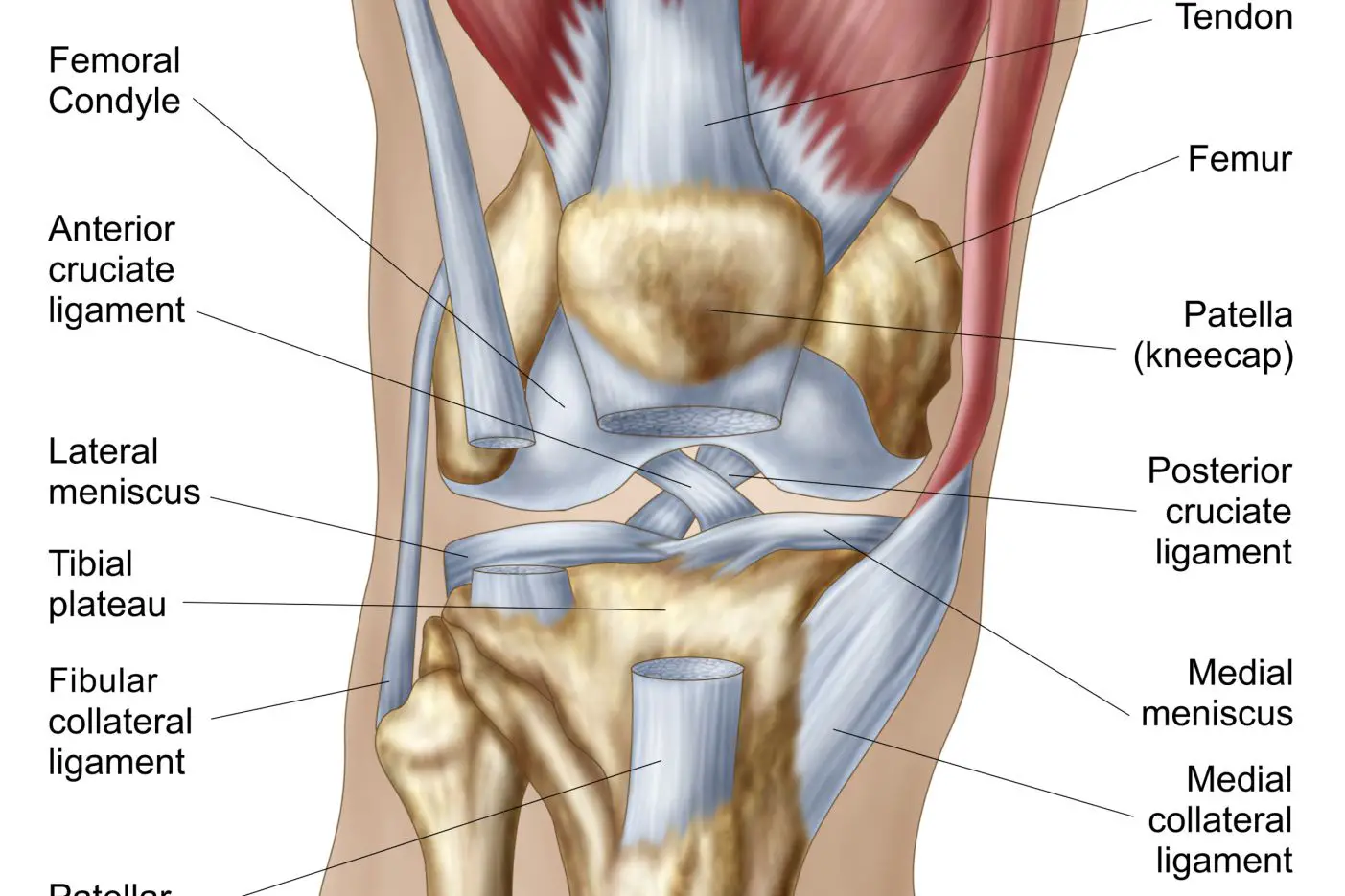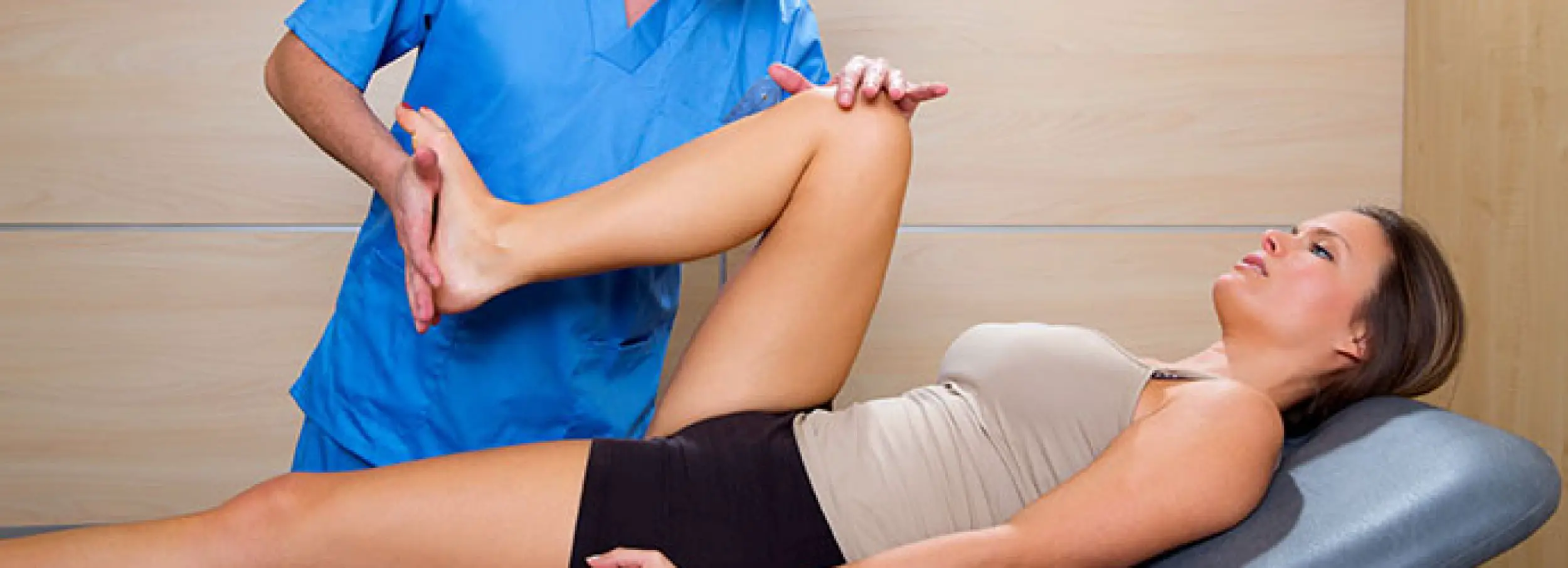Experiencing pain on the knees becomes more and more common as we age, and there are many different reasons to explain this rising incidence. Knee pain results from a traumatic event, but this annoying symptom could strike you even if you’re at rest and not doing much physical activity. Why is that? Is there a way to do something about it?

When people experience knee pain after sitting, they usually think it is caused by arthritis. As you will see in this article, that is not always the case.
Sitting for too long can be even more harmful than you can think of, even for someone with proper joint health, and it has been estimated to cause around 70,000 deaths every year in the UK. So, what happens when you remain seated for too long, and how can we explain your knee pain?
What happens if you remain seated for too long?
Sitting for too long counts as sedentary behaviour contrasted to an impact type of injury such as knee pain caused after a fall on your knee hitting concrete. So, this form of sitting for long periods is mostly prevalent in seniors, especially if they already have mobility issues. However, even those with healthy joints tend to sit for too long, and this incidence increases as we age. After turning 30, most patients, and especially females, start declining in their levels of physical activity. Ironically, seniors would benefit from exercise even more than this youngster age group!
You will undergo many changes in your musculoskeletal system if you remain seated for too long as an older adult. To start with, muscle wasting is more common as we age, and sitting for many hours a day would reduce your muscle strength and your muscle mass. Studies have shown how important it is for seniors to maintain a proper muscle mass and strength in their lower extremities as a part of any rehabilitation process.
Stronger leg muscles will protect your articulations and preserve the integrity of your tendons and ligaments. At the same time, they will keep your patella in place and prevent any abnormal sliding that usually results in pain symptoms. That is why there are plenty of validated home exercise programs meant to reduce knee pain in older adults with various musculoskeletal problems.
At the same time, keep in mind how important it is to maintain your levels of physical activity if you want to keep your joints adequately hydrated and lubricated. Knee pain often comes with swelling and inflammation, and one of the ways to solve that problem is by increasing blood flow to the affected joint through an increase of physical activity.
Why does It hurt in the inner portion of the knee?

There are many causes of pain in the inner portion of the knee, including ligament tears (when the medial collateral ligament is injured) and knee contusions, but if you’re experiencing these symptoms after sitting there is a very low chance that it will be your case. These are more common in athletes and people who play group sports or endured a sports-related lesion.
There’s a clinical name to feeling pain after sitting, and it is known as movie theater sign because it is knee pain that starts when you’re trying to stand up after a few hours sitting.
If you’re experiencing this pain in the inner portion of the knee, the first thing your doctor might want to consider is a patellofemoral syndrome. It is a condition in which your patella slides over the lower portion of your thigh bone, toward the outer side of the bone. The resulting symptom is a stinging or dull pain in the inner knee area that is caused by prolonged sitting.
The patellofemoral syndrome in seniors is a sign that you do not have enough physical activity, and it is not necessarily caused by arthritis. In a normal situation, your quadriceps (one of the main muscles in your thigh) keeps your patella in place and prevents any abnormal sliding. Thus, when you lose quadriceps strength, your patella starts to give out and triggers knee pain in the inner portion of the knee.
Among other conditions, your doctor might need to rule out are bursitis, rheumatoid arthritis, and osteoarthritis. Bursitis is the inflammation of the bursa, a fluid-filled sac that is found between the tendons in your knee and reduces friction in your joint. When it swells and produces extra fluid, it will create additional pressure in the knee and lead to chronic pain. In rheumatoid arthritis, a very long sitting time will start giving you pain symptoms, quite similar to osteoarthritis, but the former is caused by an autoimmune problem and the latter results from a degenerative process due to wear and tear of the articulation.
Is there Something you can do about it?
YES! Either if you have patellofemoral syndrome, rheumatoid arthritis or osteoarthritis, the most important advice you can follow is a strengthening program to maintain a healthy muscle mass in your legs. This will prevent patellar sliding in the patellofemoral syndrome, help you control inflammation and swelling in rheumatoid arthritis and osteoarthritis, and maintain your muscle performance at the same time, reducing your chance of losing your balance and falling.
If you are interested in learning more there is an interactive guide explaining Bone disorders by Leslie Samuel.
In the scientific literature, there are plenty of recommendations to increase physical activity in the elderly. All of them are destined to reduce pain symptoms, and would also decrease your risk of cardiovascular disease as well as many other health problems.
| Recommendation | Starting instructions | Progression |
| Doing sit-ups every 30 minutes sitting if you’re sitting for too long | Start with one or two sit-ups, and do the same after 30 minutes only once on day one to avoid muscle soreness. | Increase the number of repetitions until reaching 10, and then increase the number of sets throughout the day if there is no muscle soreness. |
| Using stretch bands every morning | Start with a softer band with not much resistance and 10 repetitions in each leg for no more than 5 minutes. | Increase your exercise time up to 30 minutes every day. Perform 10 repetitions in each leg and gradually reduce rest time. |
| Stretching and warming up | 2 or 3-minute warming up before any physical activity followed by active stretching. | As you increase your levels of physical activity, increase your warming-up and stretching time to 10 minutes. |
Table 1. Recommendations to increase physical activity
References:
Heron, L., O’Neill, C., McAneney, H., Kee, F., & Tully, M. A. (2019). Direct healthcare costs of sedentary behaviour in the UK. J Epidemiol Community Health, jech-2018.
Palmer, V., Gray, C. M., Fitzsimons, C., Mutrie, N., Wyke, S., Deary, I. J., … & Skelton, D. A. (2018). What do older people do when sitting and why? Implications for decreasing sedentary behaviour. Gerontologist.
Thomas, K. S., Muir, K. R., Doherty, M., Jones, A. C., O’reilly, S. C., & Bassey, E. J. (2002). Home based exercise programme for knee pain and knee osteoarthritis: randomised controlled trial. Bmj, 325(7367), 752.
Green, S. T. (2005). Patellofemoral syndrome. Journal of bodywork and movement therapies, 9(1), 16-26.

Thank you so much, I googled everywhere for this and couldn’t find this information until you published this post!
Sharie from London UK
I pay a visit every day to read your posts. I have suffered knee pain for many years and you always answer my questions! Thank you Dr Warburton